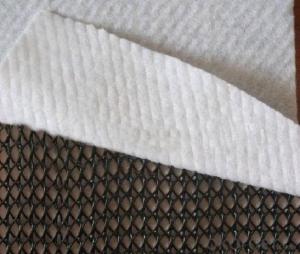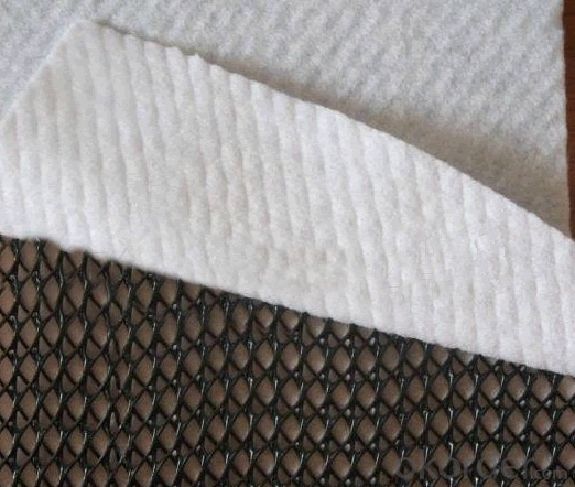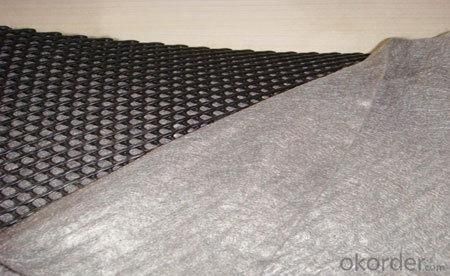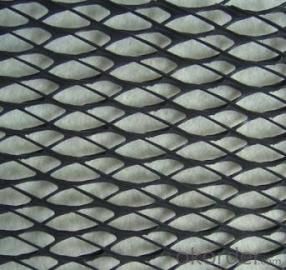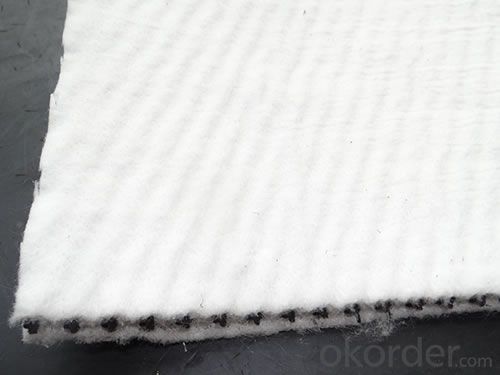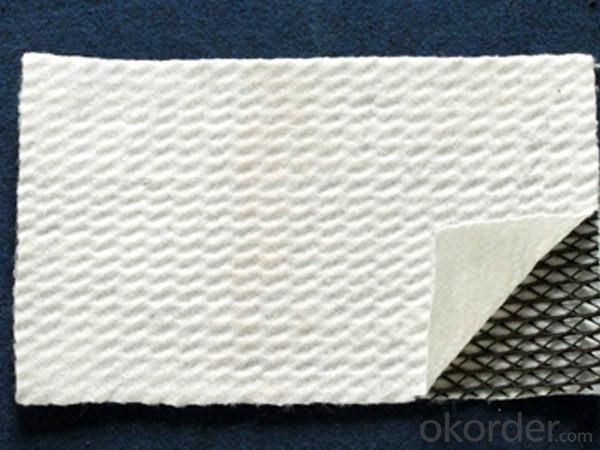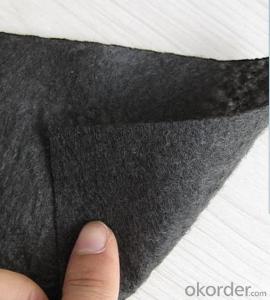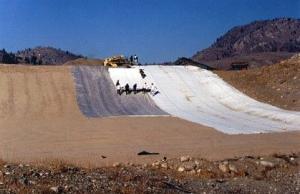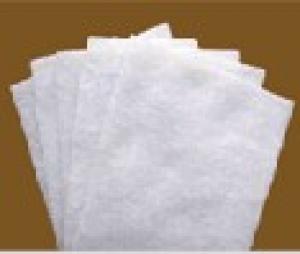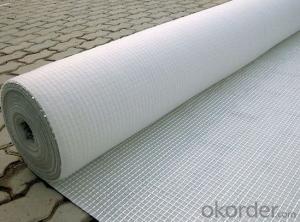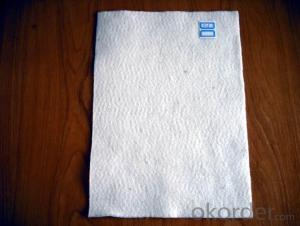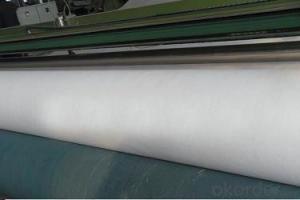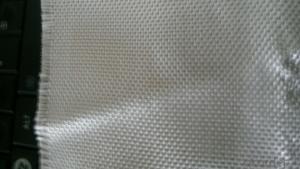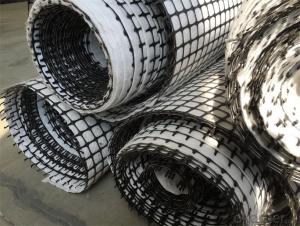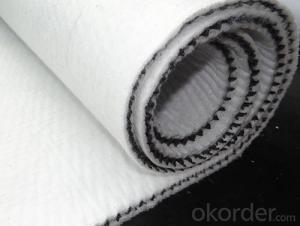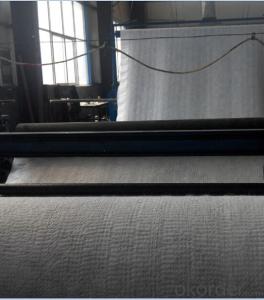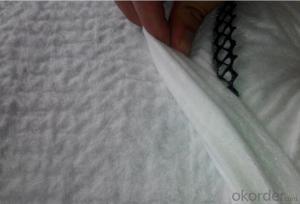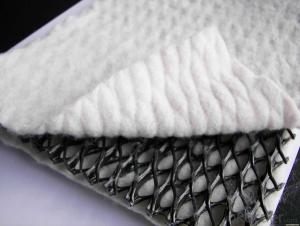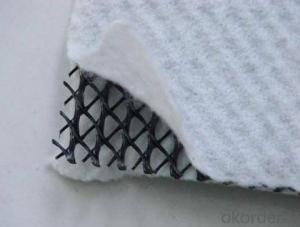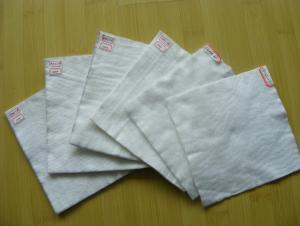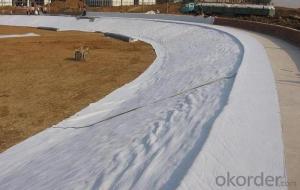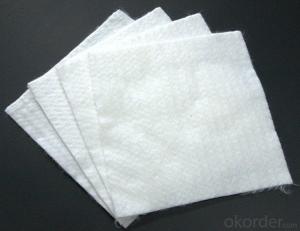Dax 400g M2 Three-Dimensional Composite Drainage Network
- Loading Port:
- Qingdao
- Payment Terms:
- TT OR LC
- Min Order Qty:
- 10000 pc
- Supply Capability:
- 500000 pc/month
OKorder Service Pledge
OKorder Financial Service
You Might Also Like
Description Of DAX Three-dimensional Composite Drainage Network
Composite Drainage Network is a new type of dewatering geotechnical material, which the raw material is HDPE and manufactured via particular extrusion forming technique. It has three levels, the inner fillet has strong rigidity, arrange longitudinal to form dewatering channel, the upper and bottom fillet form support to avoid geotextile inserting into dewatering channel, that means even if under high load it can also keep good dewatering property.
Main Features of DAX Three-dimensional Composite Drainage Network
1.Used by Highway, railway embankment, it can be efficient allocation of the load, to improve the carrying capacity and stability of thefoundation and prolong life.
2.Laying in the road slope to prevent landslides, soil and water protection, and landscaping.
3.Effectively prevent collapse for reservoirs, rivers, dams;
Specifications of DAX Three-dimensional Composite Drainage Network
| No. | Item | Unit | |||||
| 1200g/m² | 1400g/m² | 1600g/m² | 1800g/m² | 2000g/m² | |||
| 1 | Unit weight of compond production | g/ m² | ≥1200 | ≥1400 | ≥1600 | ≥1800 | ≥2000 |
| 2 | Thickness of compond production | mm | ≥ 6.0 | ≥ 7.0 | ≥ 8.0 | ≥ 9.0 | ≥ 10.0 |
| 3 | Longitudinal tensile strength of compond productiong | KN/m | ≥ 16.0 | ≥ 16.0 | ≥ 16.0 | ≥ 16.0 | ≥ 16.0 |
| 4 | water diversion ration of compond production | m² /s | ≥ 1.2×10-4 | ≥ 1.2×10-4 | ≥ 1.2×10-4 | ≥ 1.2×10-4 | ≥ 1.2×10-4 |
| 5 | peel strength of network core and geotextile | KN/m | ≥ 0.3 | ≥ 0.3 | ≥ 0.3 | ≥ 0.3 | ≥ 0.3 |
| 6 | Thickness of network core | mm | ≥ 5.0 | ≥5.0 | ≥6.0 | ≥7.0 | ≥8.0 |
| 7 | Tensile strength of network core | KN/m | ≥ 13.0 | ≥ 15.0 | ≥ 15.0 | ≥ 15.0 | ≥ 15.0 |
| 8 | Unit weight of geotextile | g/ m² | ≥ 200 | ≥ 200 | ≥ 200 | ≥ 200 | ≥ 200 |
| 9 | Seepage coefficient of geotextile | cm/s | ≥ 0.3 | ≥ 0.3 | ≥ 0.3 | ≥ 0.3 | ≥ 0.3 |
| 10 | Width | m | 2.1 | 2.1 | 2.1 | 2.1 | 2.1 |
| 11 | Length of one roll | m | 30 | 30 | 30 | 30 | 30 |
DAX Three-dimensional Composite Drainage Network Images
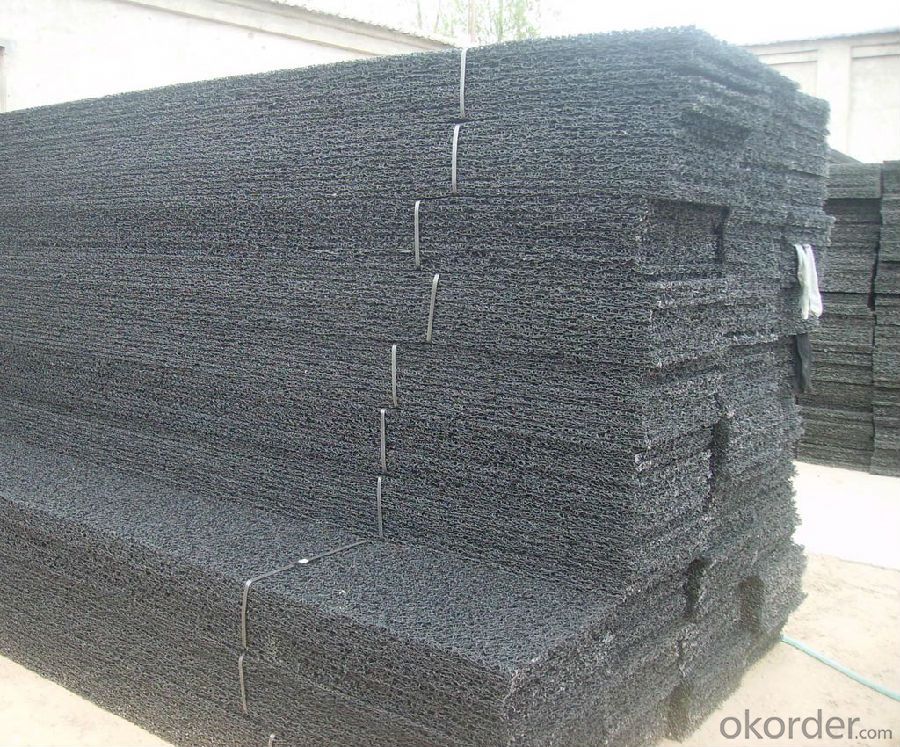
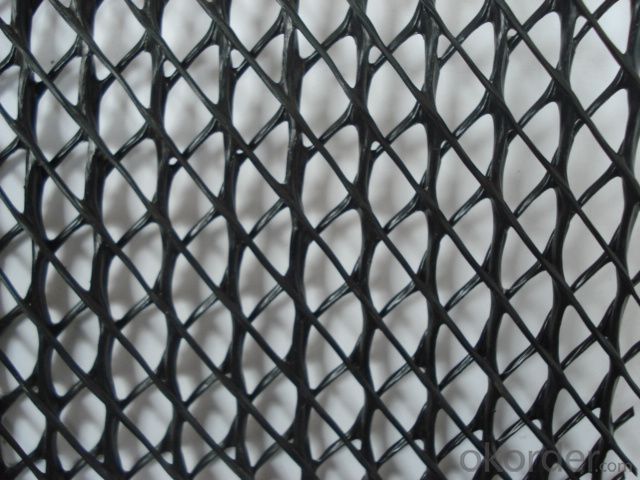
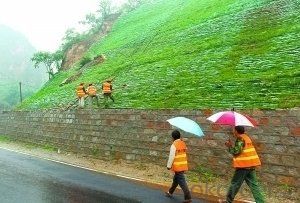
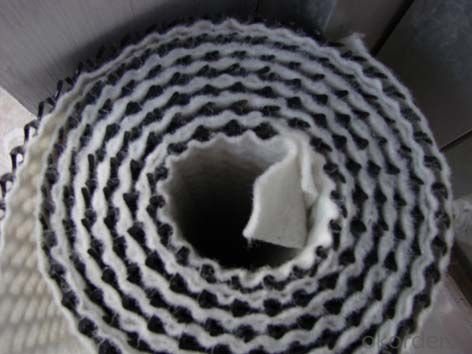
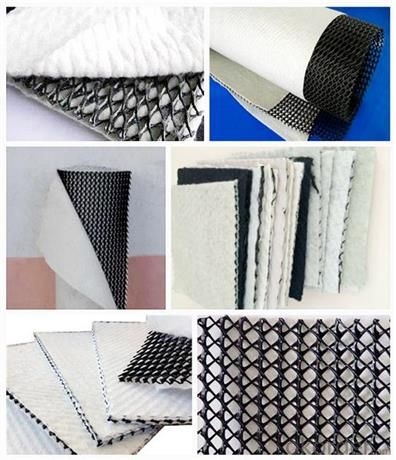
FAQ
1. Do you supply free samples for customers?
Yes,we will supply free samples for you.Please send your address for us.
2. How Many years experience do you have?
We have been exported to more than 20 countries in the past 15 years.
3. How long do we usually reply your request?
We always reply our customer within 24 hours.
- Q: How do geotextiles contribute to sustainable construction practices?
- Geotextiles contribute to sustainable construction practices by providing a variety of environmental benefits. They help reduce soil erosion and sedimentation, improve water quality by filtering out pollutants, and enhance the stability and performance of infrastructure. Geotextiles also allow for the use of locally available materials, reducing transportation and carbon emissions. Overall, their use promotes the conservation of resources, minimizes environmental impacts, and supports long-term sustainability in construction projects.
- Q: How do geotextiles help in preventing soil erosion on slopes?
- Geotextiles help in preventing soil erosion on slopes by acting as a protective barrier. They are engineered fabrics that are placed on the slope surface to stabilize the soil and control water flow. Geotextiles allow water to percolate through while retaining the soil particles, thus reducing the impact of rainfall on the slope and preventing erosion. Additionally, they help in reinforcing the soil structure, providing stability to the slope and preventing the loss of soil due to gravitational forces or surface runoff.
- Q: How do geotextiles affect soil erosion rates?
- Geotextiles can significantly reduce soil erosion rates by acting as a barrier against erosive forces such as water flow or wind. They provide stabilization and reinforcement to the soil, preventing it from being easily displaced or washed away. By enhancing the soil's resistance to erosion and promoting vegetation growth, geotextiles help maintain soil integrity and reduce erosion rates.
- Q: Can geotextiles be used in shoreline protection?
- Yes, geotextiles can be used in shoreline protection. They can help to stabilize soil and prevent erosion by acting as a barrier against water, while still allowing proper drainage. Geotextiles can also help to reinforce and protect shoreline structures such as retaining walls or revetments.
- Q: How do geotextiles contribute to the longevity of geosynthetic clay liners?
- Geotextiles contribute to the longevity of geosynthetic clay liners by providing additional protection and reinforcement. They act as a barrier, preventing the intrusion of fine particles into the clay liner, which can cause clogging and reduce its effectiveness. Geotextiles also help distribute loads evenly, reducing stress on the clay liner and preventing its deformation or failure. Additionally, they enhance the drainage properties of the liner by facilitating the flow of water, reducing the risk of pore pressure build-up. Overall, geotextiles play a crucial role in enhancing the durability and lifespan of geosynthetic clay liners.
- Q: Today someone told me about a boyfriend, said to be geotextile. I wonder, geotextile cloth is what cloth? Is there there? Why is it used More
- Geotextile geotextile, also known as geotextile, it is made of synthetic fibers through the needle or woven from the permeability of geosynthetics. Finished cloth for the cloth, the general width of 4-6 meters, the length of 50-100 meters. Geotextile is divided into a woven geotextile and non-woven geotextile. Geotextile has excellent filtration, isolation, reinforcement protection, high tensile strength, good permeability, high temperature, anti-freeze, anti-aging, corrosion resistance. Divided into: non-woven geotextile, a textile geotextile (reinforced geotextile), warp knitted geotextile with demand can contact: Fang Lingyan Tel:
- Q: Geotextile wholesale price of how much money, geotextile fabric manufacturers latest offer
- Geotextile wholesale, ranging from 5000-9000 yuan a ton. Geotextile manufacturers to answer your questions
- Q: Is there a coinage between the embedded pipeline and the gravel blind ditch? Also on the backfill plant how to set the quota? Also ask the master advise! More
- You can go to the civil online forum to ask questions, there are a little more professional.
- Q: Geotextile strength index with interpolation method how to calculate? Then geotextile variation, I do not quite understand, pro, if you know whether to tell me Oh! Very anxious
- Geotextile strong indicators of the interpolation method: For example: geotextile 150 grams of breaking strength is 4.5KN, geotextile 100 grams of breaking strength is 2.5KN, then the geotextile 130 grams of broken strength is how much? The calculation method is: 4.5KN-2.5KN = 2KN (that is, 50 grams of geotextile strength) 2KN by 50 grams multiplied by 30 grams is equal to 1.2KN then geotextile 130 grams of breaking strength is 3.7KN.
- Q: Geotextile filter layer set which quota
- Filter cloth, monofilament filter cloth, polypropylene filter cloth, nylon green monofilament
Send your message to us
Dax 400g M2 Three-Dimensional Composite Drainage Network
- Loading Port:
- Qingdao
- Payment Terms:
- TT OR LC
- Min Order Qty:
- 10000 pc
- Supply Capability:
- 500000 pc/month
OKorder Service Pledge
OKorder Financial Service
Similar products
Hot products
Hot Searches
Related keywords
